10 things you want to know about Stand-Up India loans
Updated: Jun 24, 2016 11:42:14am
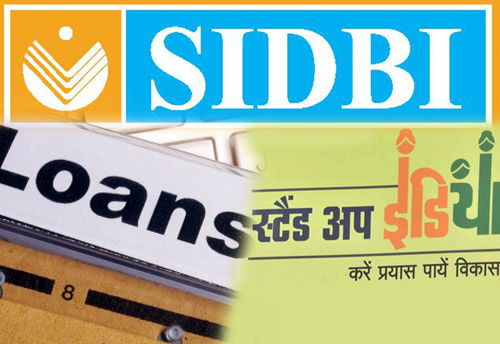
10 things you want to know about Stand-Up India loans
New Delhi, June 24 (KNN) The Stand-Up India Scheme, which was launched by PM Modi in April this year to boost entrepreneurship amongst SC/STs, provides a composite loan of 75 per cent of the total project cost at the lowest applicable rate of interest of the bank for that category.
The scheme envisages facilitating bank loans between Rs 10 lakh and Rs 1 crore to at least one Scheduled Caste (SC) or Scheduled Tribe (ST) borrower and at least one woman borrower per bank branch for setting up a new enterprise.
Loans under the scheme are available for only new enterprise in manufacturing, trading or services sector by SC/ST/Women entrepreneur.
The loan would cover 75% of the project cost inclusive of term loan and working capital. The stipulation of the loan being expected to cover 75% of the project cost would not apply if the borrower’s contribution along with convergence support from any other schemes (central or state schemes) exceeds 25% of the project cost, SIDBI said in a communication to the stakeholders.
The rate of interest under the scheme would be lowest applicable rate of the bank for that category (rating category) not to exceed (base rate (MCLR) + 3%+ tenor premium.
For the security against loan, besides primary security, the loan may be secured by collateral security or guarantee of Credit Guarantee Fund Scheme for Stand-Up India Loans (CGFSIL) as decided by the banks.
The loan is repayable in 7 years with a maximum moratorium period of 18 months.
In case the entrepreneur wants to draw working capital of upto Rs 10 lakh, the same may be sanctioned by way of overdraft. The Rupay debit card would also to be issued for convenience of the borrower.
Meanwhile, the working capital limit above Rs 10 lakh would be sanctioned by way of cash credit limit.
The Scheme envisages 25% margin money which can be provided in convergence with eligible Central / State schemes.
While such schemes can be drawn upon for availing admissible subsidies or for meeting margin money requirements, in all cases, the borrower shall be required to bring in minimum of 10% of the project cost as own contribution. (KNN Bureau)

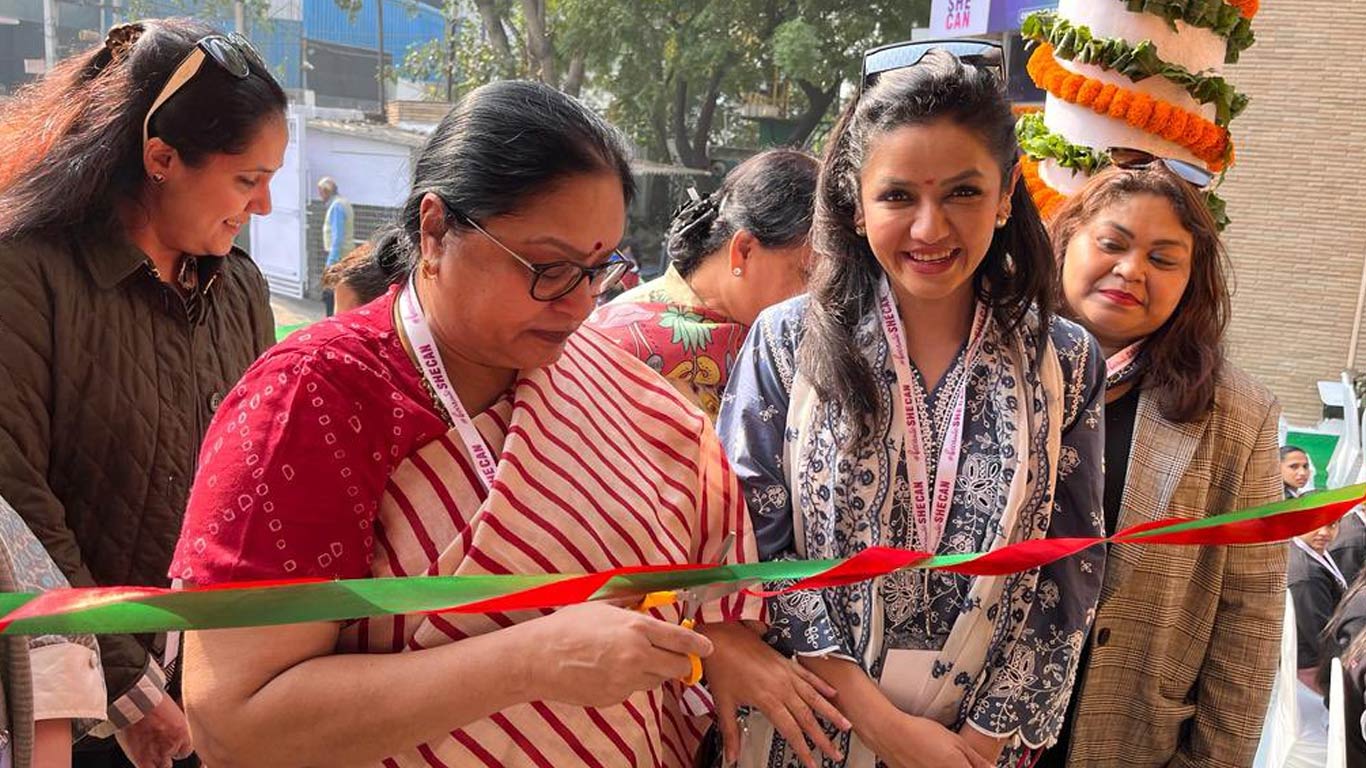
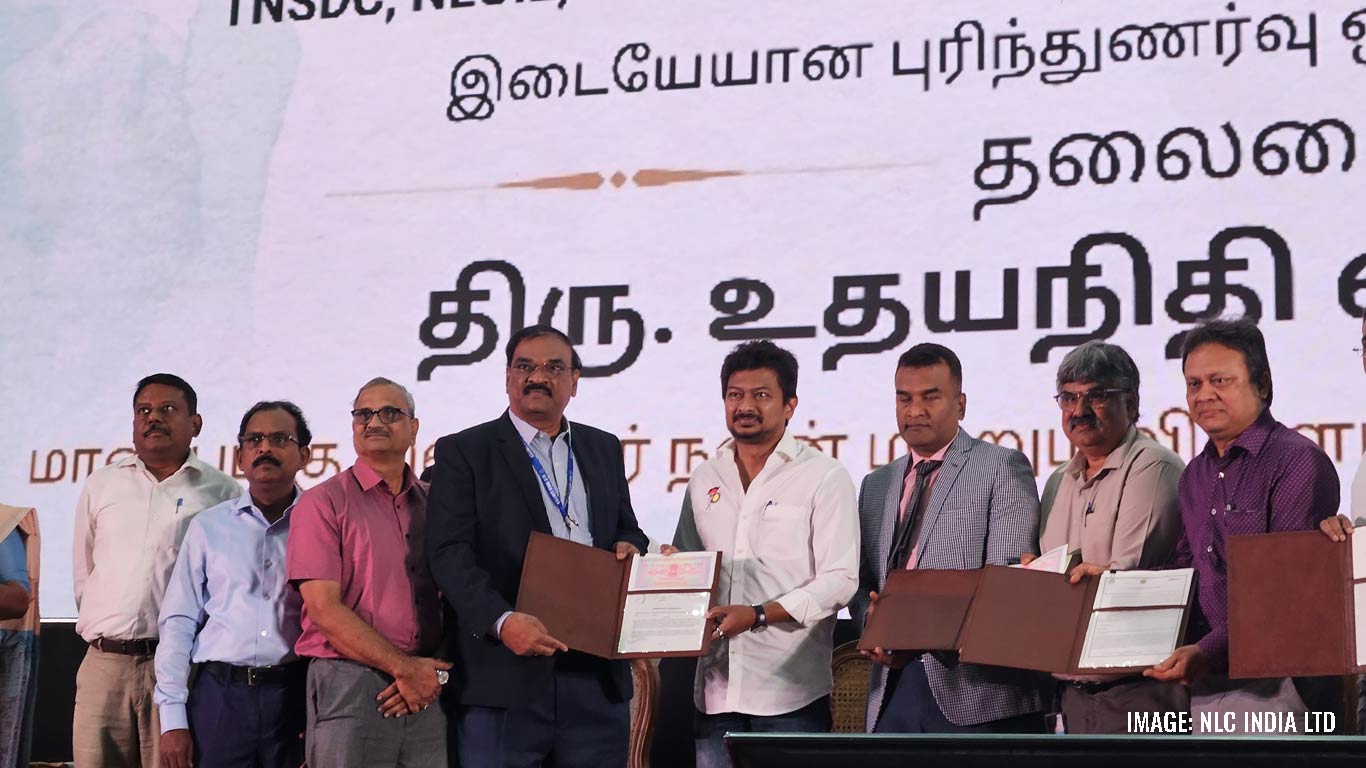
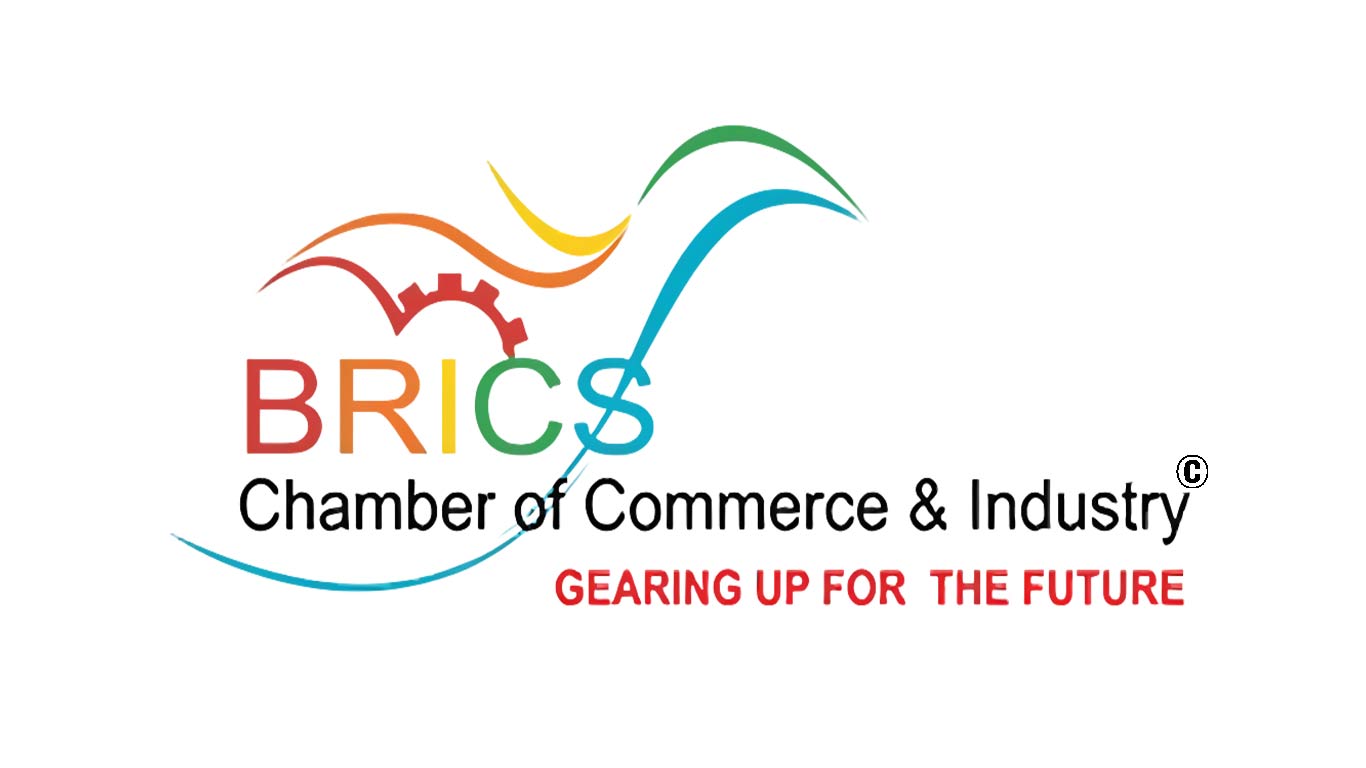
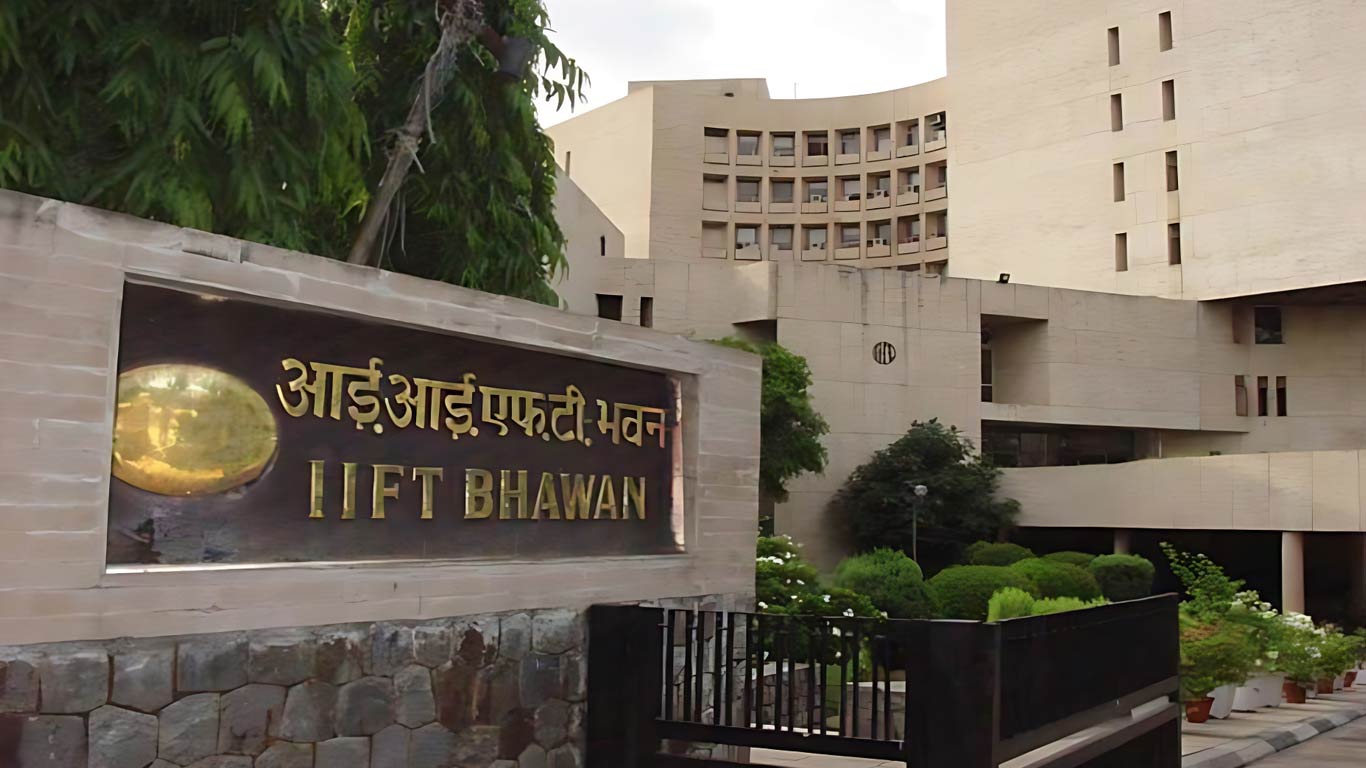
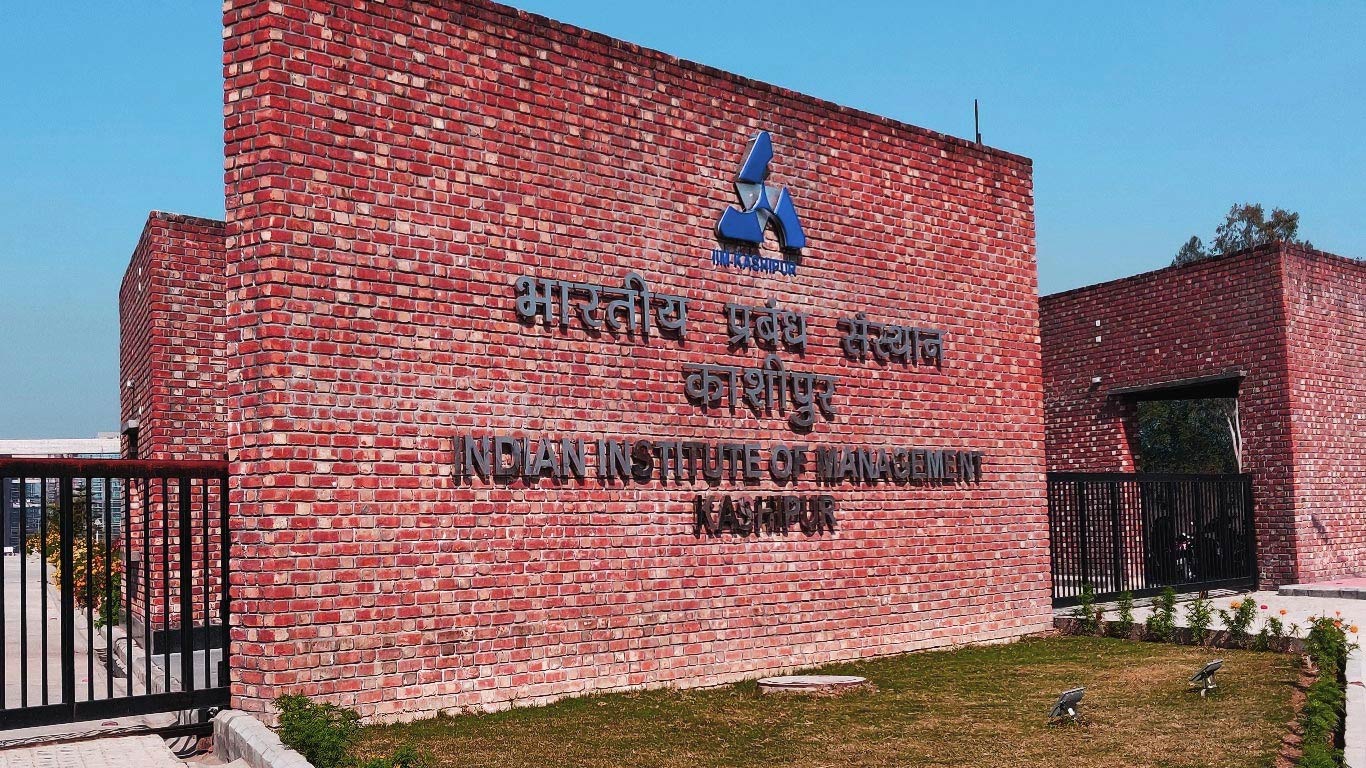





